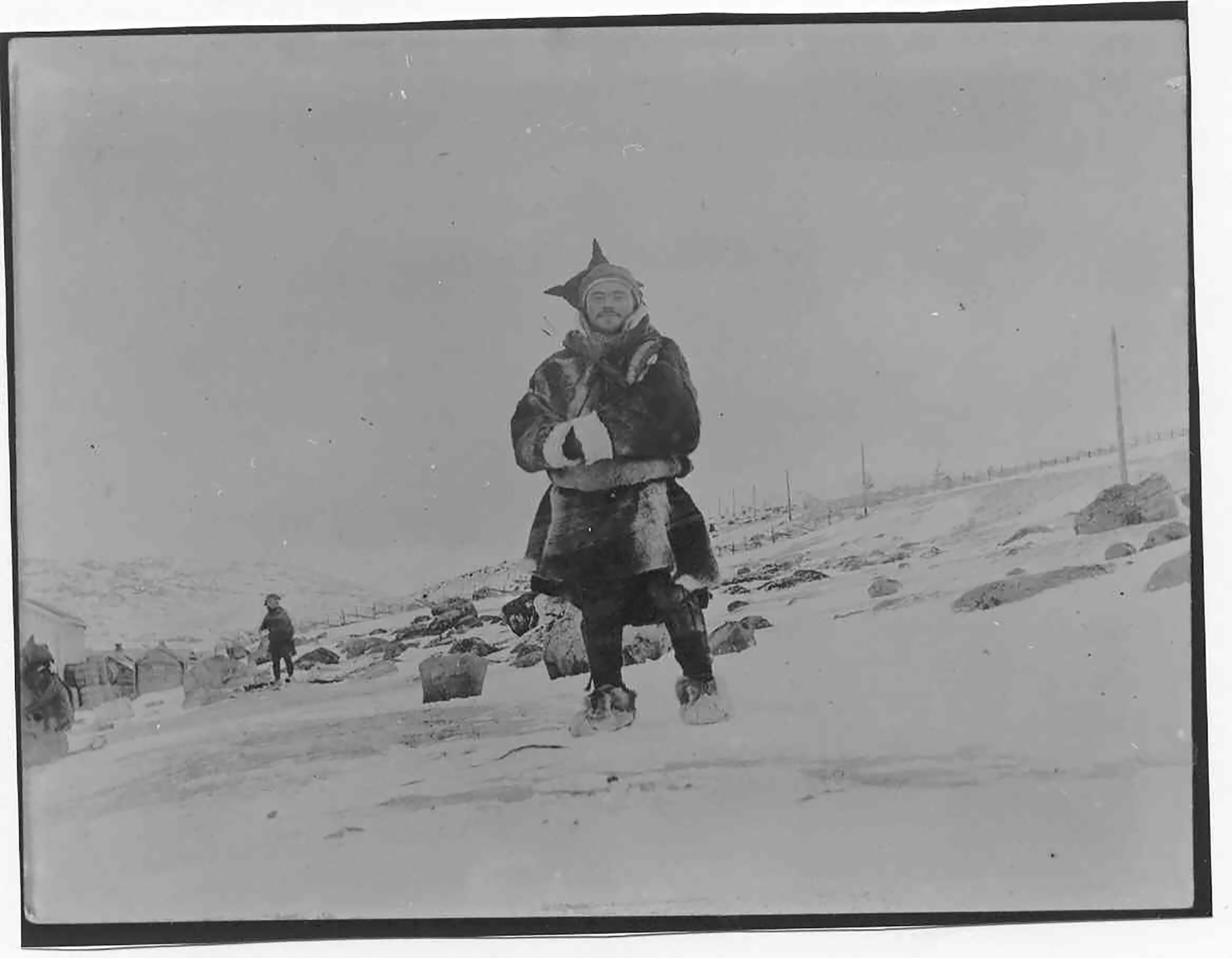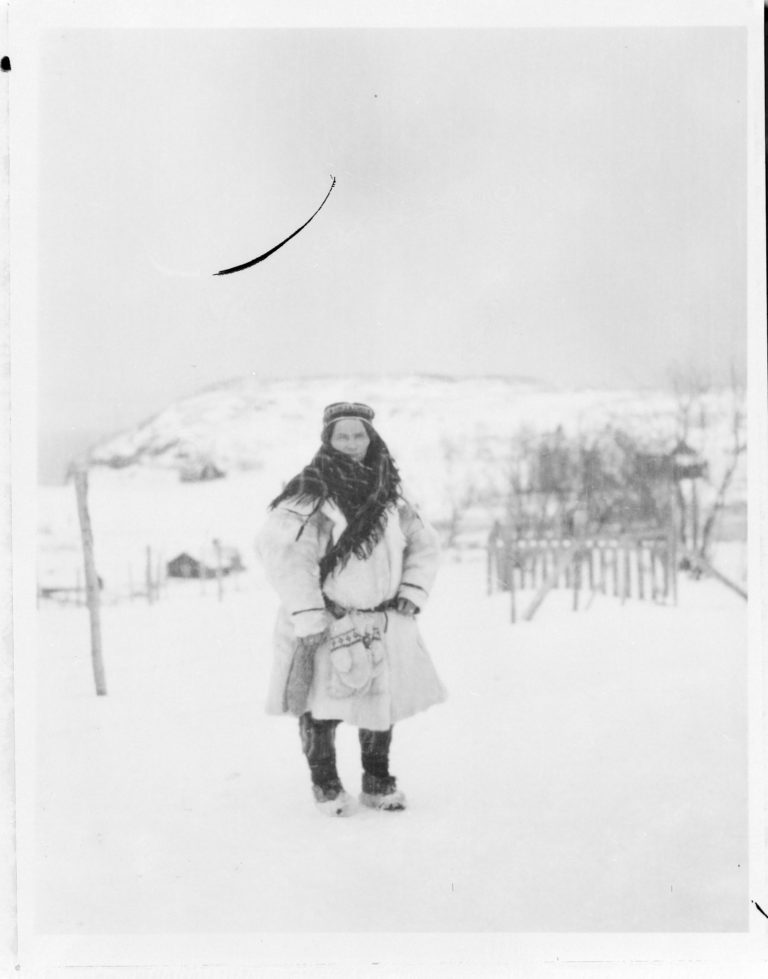Alta has been, and is still today, a meeting place for several languages and cultures. Every day we work to take care of our cultural heritage; Sami and Kven.
Our heritage is an important part of both our history and our everyday lives. It is our collective responsibility to ensure that Kven and Sami languages and customs continue to exist in the future.
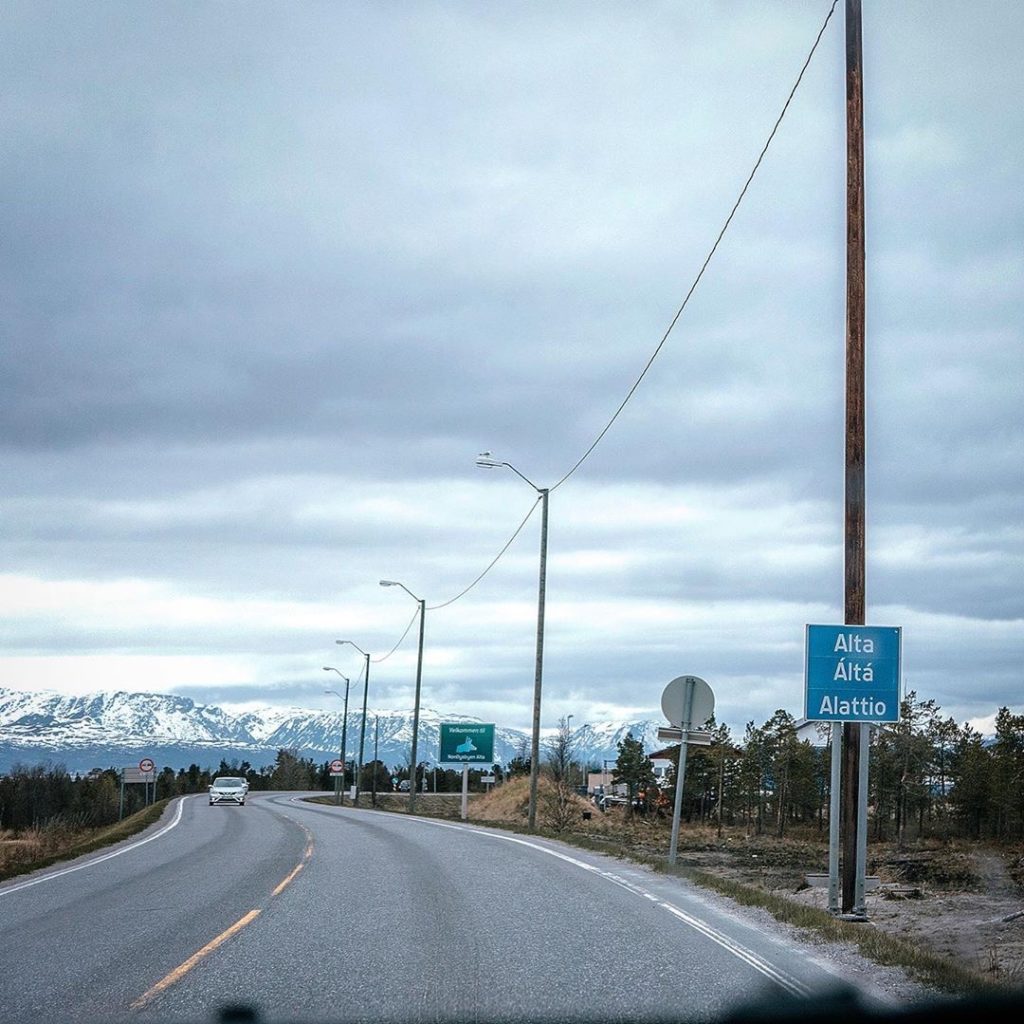
Three languages, three people. Sami, Kvens and Norwegians live side by side in the Northern Lights city of Alta. This has its own expression; meeting of three tribes. The term conveys that the settlement in an area has mainly consisted of Sami, Kvens and Norwegians. In modern times, a large spotlight has been placed in Alta municipality on revitalizing the Kven language in particular, but also Sami. Precisely to make visible the history and belonging to our heritage.
From Tornedalen to Altadalen
The Kvens immigrated to Northern Norway in the 18th century, mainly from Tornedalen. The hike was aimed at agricultural areas in northern Troms and western Finnmark, but also at estuaries. In the wooded and sheltered Altadalen, they could make a living from logging and agriculture, at the same time as they had access to a salmon-rich river. In fact, the Kven river language was in the legendary Alta River until World War II. (In fact, Kven was main languague used for naming places along the fabled Alta River until World War II.)
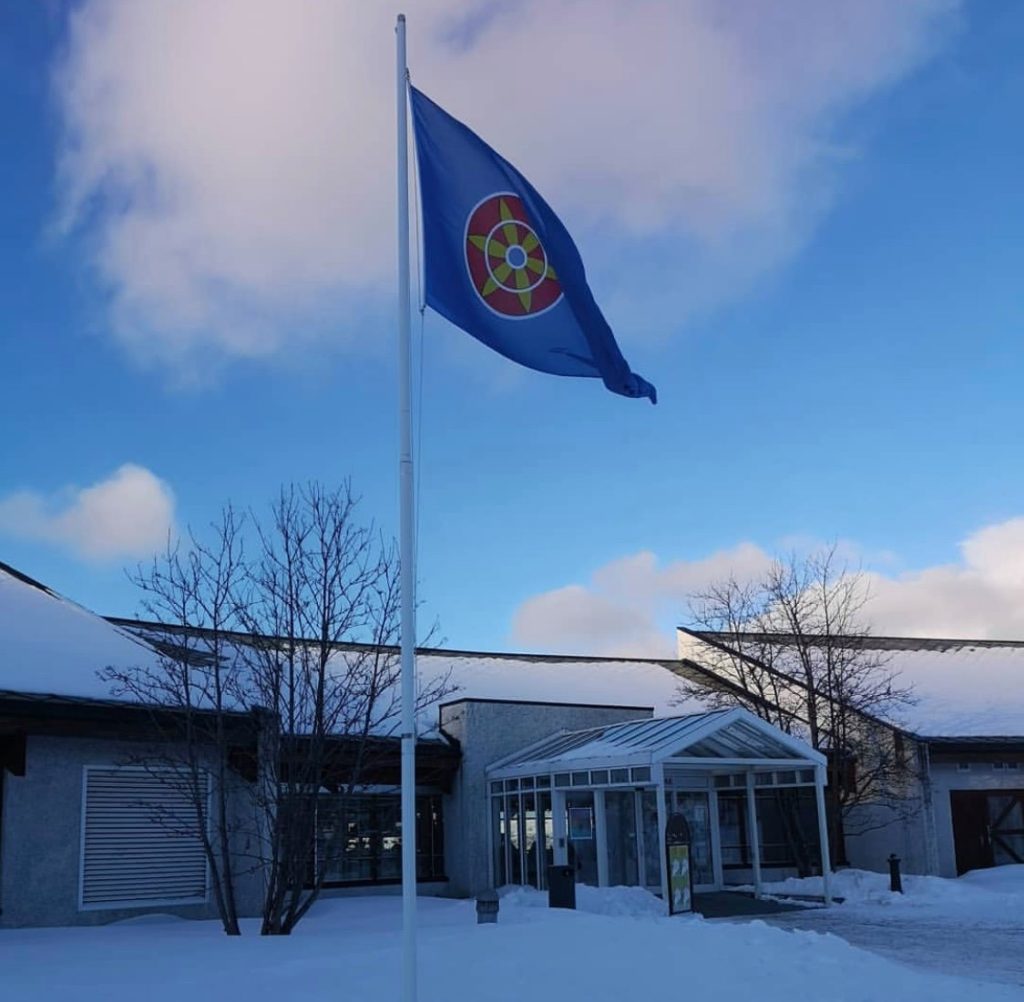
Several of the fishing spots in the Alta River have Kven names, in addition to the fact that many of the Norwegian names have been translated from Kven. The Kven fishing places names tell something about how the landscape is shaped. Pahtakorva is a popular fishing spot in the Alta River, where the first part of the name, pahta, means ‘mountain wall, steep slope’. The word is borrowed from the Sami bákti, which means ‘mountain, rock’. The next word, korva, means ‘current vortex, small waterfall’.
The Kvens were also one of the most important workers in the North Calotte’s first large-scale industry, the copper plant in Kåfjord. The copperworks was established in 1826, and from 1830 Kåfjord experienced a large Finnish immigration. The background for immigration was, among other things, famine and bad years in northern Finland, while the copper plant in the innermost part of the Altafjord was in great need of labor.
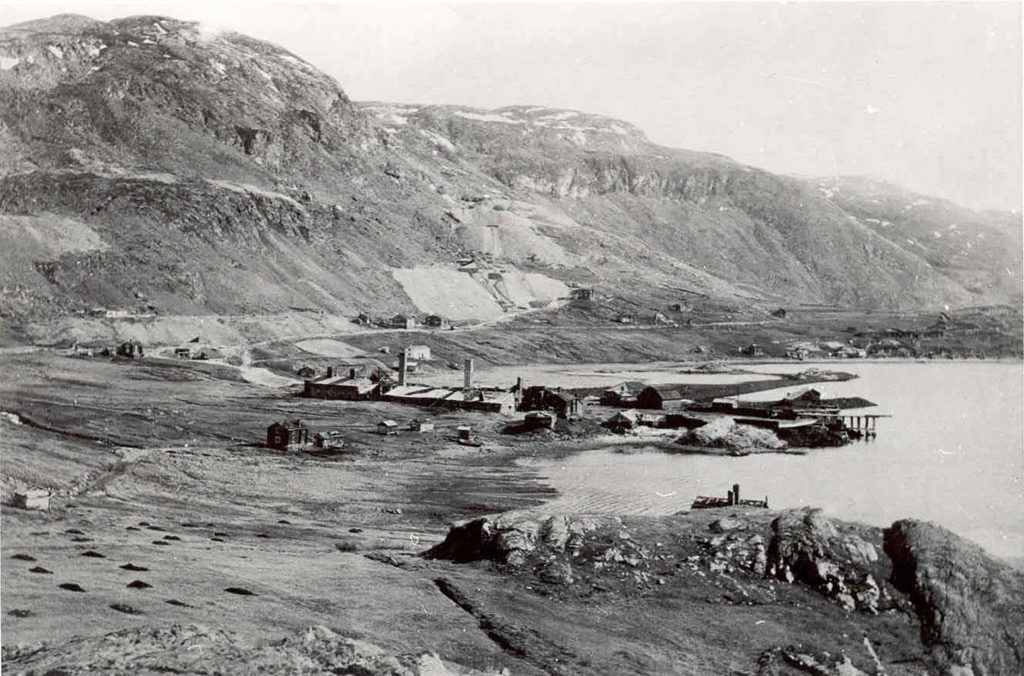
The Kven workers accepted lower wages than the Norwegian ones, which meant that the general wage level fell and contributed to further competition. The daily wage for men fell from 60 shillings in 1836 to 33 shillings in 1839.
The Kvens made up a large part of the workforce at the copper plant in Kåfjord. Of as many as 915 workers, 471 were Kvens. When the first period of operation stopped in 1878, some returned to Finland, while others moved to Eastern Finnmark and some settled in Alta. Most altaværinger are descendants of men and women who took up work in the mines in Kåfjord.
The copperworks has a large place in Alta’s cultural history. Today there is only one building left after the mining operation, namely the church which was built in 1837. All other houses were burned during the withdrawal of the German occupation forces in 1944. After World War II there has been little construction in Kåfjord, and many of the foundations after the factory buildings are intact. The same is true of the mining tunnels and tipping mounds outside.
The sales market in Bossugoppi
On the western edge of Alta you will find Bossekop, which throughout history has been an important sales and marketplace in Alta and Finnmark. Sami from Porsanger, Karasjok and Kautokeino came here to sell reindeer meat, grouse and skaller (traditional Sami winter shoes). Seafearing Sami mostly traded fish on the market, but textiles, food, coffee and tobacco were also exchanged. The Bossekop market was held twice a year, during the periods when the reindeer moved pasture. In recent years, Bossekop UL has taken up the tradition again.
Alta has several places and landmarks names with Sami launguage origins, although few are used in daily life. Among other things, Hjemmeluft, where Alta Museum – the World Heritage Center for rock art is located, is called Jiempaluokta in Sami.
Kvens and Sami in Alta today
Kven and Sami have left their footprints in Alta and the city is marked by this to this day. Fiery souls are striving to revitalize their culture, history and identity, both for Kven and Sami.
Alta Kven Association works hard to promote and make visible the Kven culture in Alta. Álttá Sámiid Searvi is a cultural policy association that works to strengthen and make visible the Sami language and culture. Álttá Sámiid Searvi is also the owner of two other institutions, Álttá Siida and Álttá Sámi Giellaguovddáš, which are kindergartens and language centers.
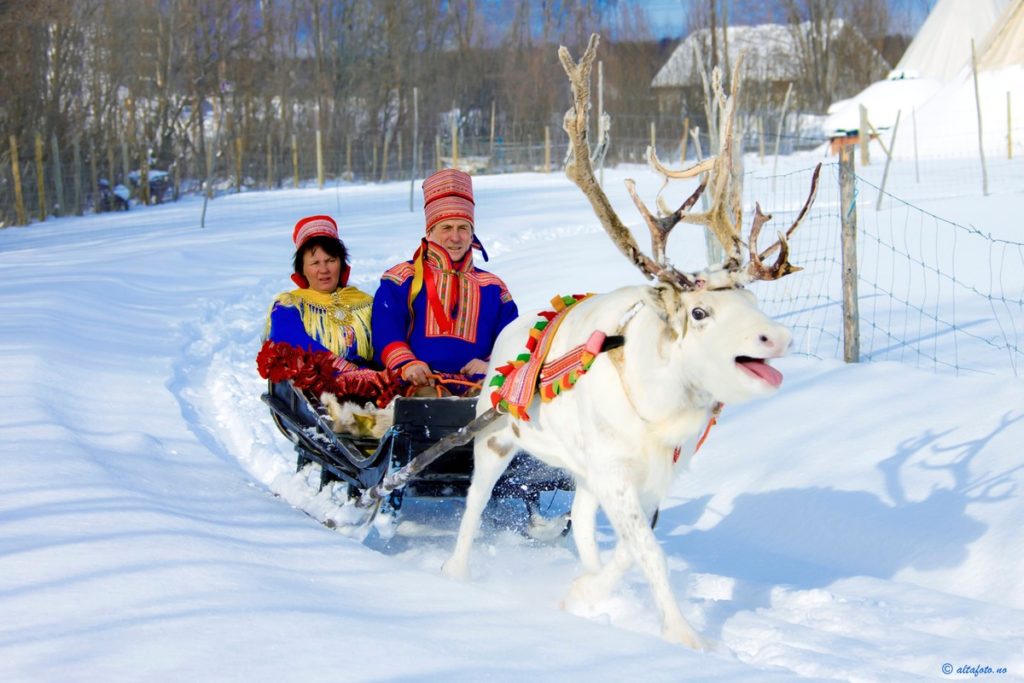
February 6 is the day of the Sami people. Alta Sami Festival marks the day with a week-long celebration, which includes concerts, a duodji market, a Sami café and riding with reindeer. On may 16th Kven People’s Day is celebrated, traditionally seen with events at Alta Museum.
Sami Siida in Upper Alta is the largest provider of Sami experiences in Alta. Here you can visit a reindeer herding family and get to know the culture, traditions and language of the Sami.
I want to learn more about the Sami!
A siida is a Sami settlement, and here you can get to know the culture, taste traditional food and maybe learn a few words in Sami?
